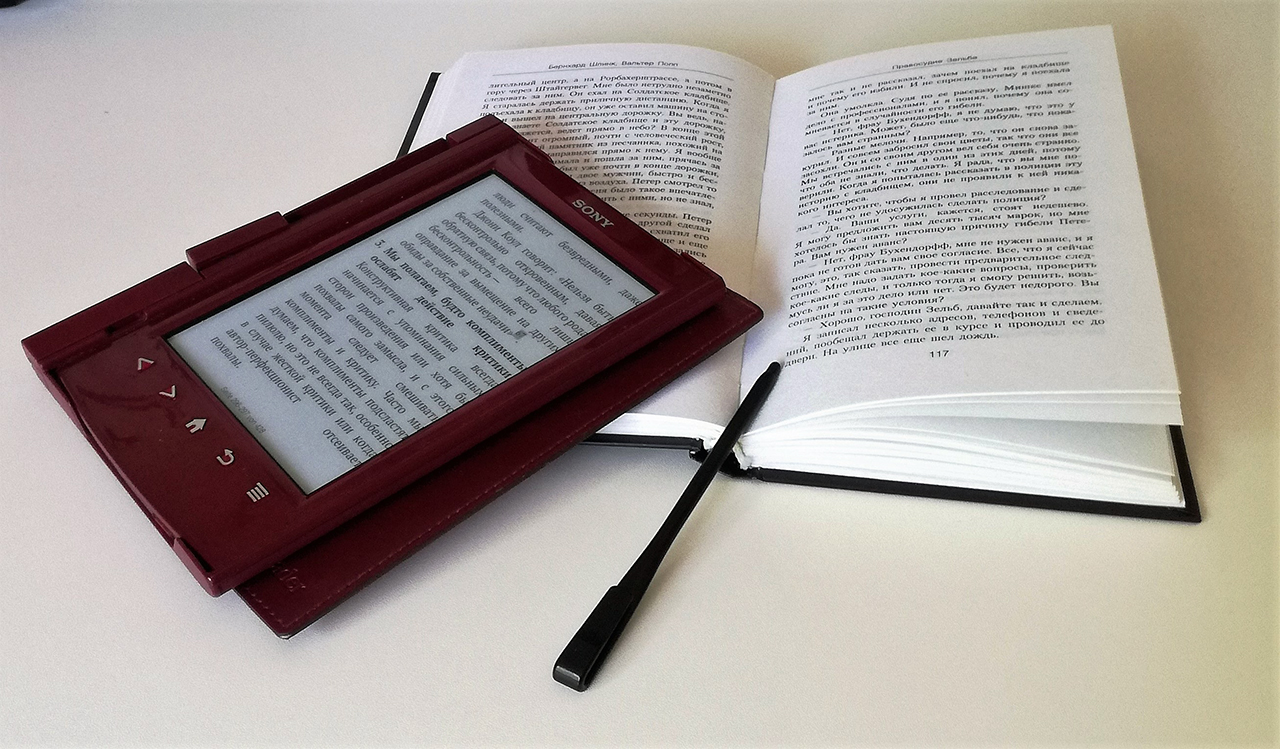We all know reading is a wonderful way to absorb information and escape from reality. However, reading isn’t easy for everyone. Some readers are visually impaired, while others process text differently. In particular, the Yale Center for Dyslexia and Creativity reports that 20% of the American population have dyslexia, the most well-known reading disorder that negatively impacts how people interpret written words. Fortunately, modern assistive technology is making it easier to access information and share it with others, and using certain tools reading can now be more enjoyable for all.
Audiobooks
Audiobooks aren’t just great for the visually impaired. Reading along with one can help those with learning disorders more easily sound out words and comprehend them quickly. It can also develop phonemic awareness, which includes the ability to recognize rhymes or the number of syllables in a word. What’s more, audiobooks cover countless topics, so they not only educate but entertain and even inspire. The Tech Edvocate, for example, lists several sites where students can get free audiobooks on different subjects.
Reading can inspire everyone to greatness and audiobooks make this possible for all. This is particularly true for those who need some advice on how to overcome challenges in their lives. Grit – The Power of Passion and Perseverance is one audiobook that can assure readers of their worth and motivate them to reach their fullest potential. Written by psychologist Angela Duckworth, it emphasizes that achievement isn’t based on talent, but focused persistence — or grit. Indeed, audiobooks are a great way to make reading enjoyable, even for those with learning or visual disabilities.
Text-to-speech
Speech synthesis, or the artificial production of human speech, is particularly handy for the visually impaired who can’t completely read along in audiobook format. In particular, Text-to-speech or TTS is now integrated into a variety of hardware and software applications that make everything from reading a book to browsing social media a breeze. For example, screen reader software, which is easily available on browsers like Mozilla Firefox, can take text on a computer screen and convert it to speech. Meanwhile, digital pens can scan written or print text while simultaneously reading it aloud.
Rewording tools
Other digital platforms make it easier to understand texts that use complicated language. Much like audiobooks, it can help improve reading comprehension and vocabulary. Users simply tell the software their reading level so words in the text can be simplified to that degree. Tools like Rewordify are easily available on the Internet and are free to use — just enter text into the box on the left and the software will highlight reworded terms for your reference. You can even use an embedded TTS feature to read along and track your vocabulary-building journey with detailed charts.
Text display control
Today, most e-reader apps and even computers and smartphones themselves have built-in settings that let you control the size, spacing, and style of the font displayed. Larger fonts are easier to see, and fonts like Dyslexie and OpenDyslexic are specially designed for dyslexic readers. Meanwhile, a September 2021 study led by psychologist Dr Steven Stagg, which was published in the study Research in Developmental Disabilities, found that spacing between letters can actually increase dyslexic children’s reading speed by over 13%. Smartphone apps like Voice Dream Reader provide all these features while also offering TTS, highlighting, note-taking, and file-syncing with cloud services like DropBox and Google Drive.
Today, there are so many digital and physical tools that can improve the reading experience for those who struggle with it. Instead of shying away from the challenge of large blocks of texts, anyone, regardless of ability, can read easily — whether it be for learning or just plain fun.
